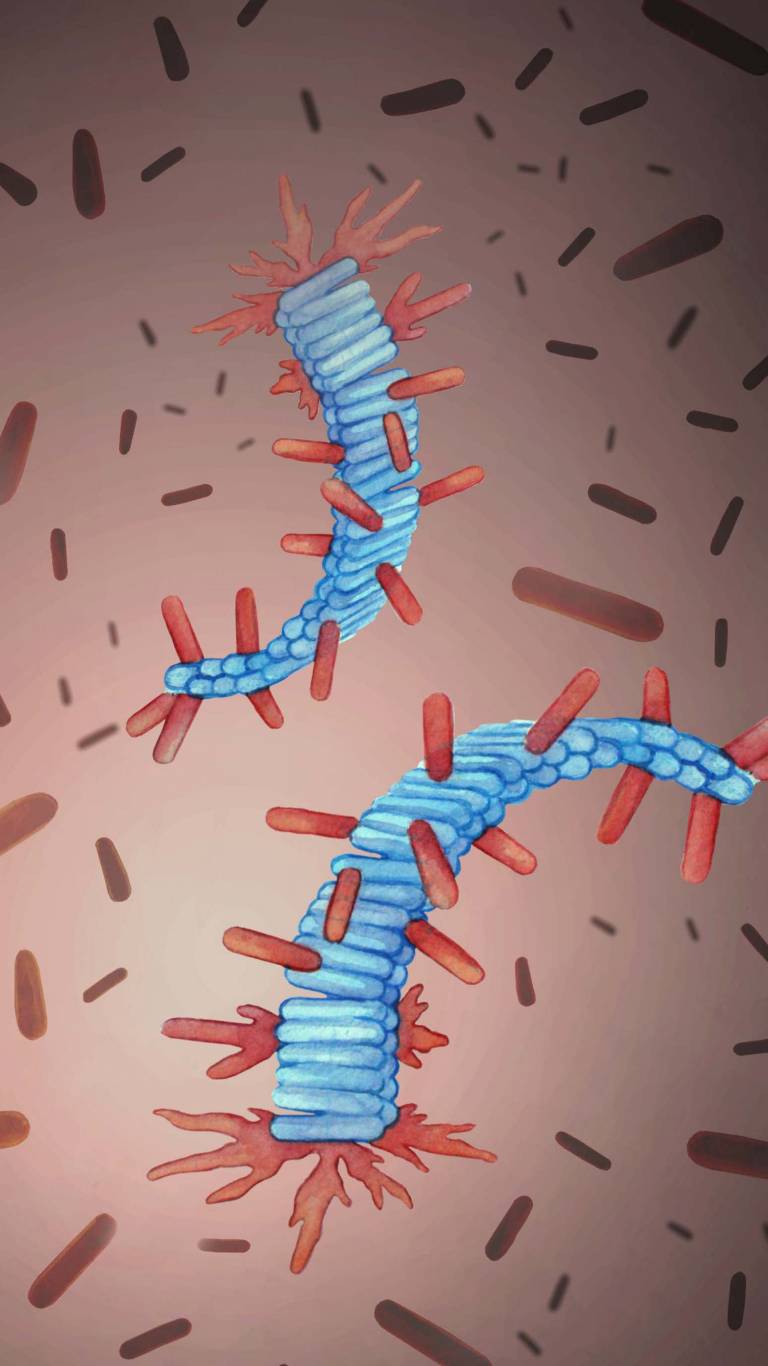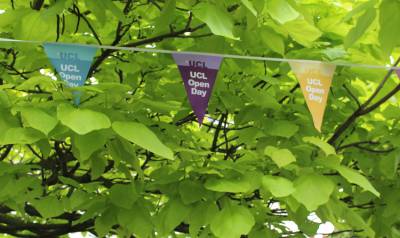Self-perpetuating plaque formation in Alzheimer's
20 July 2016

Using a combination of computer simulations and laboratory experiments, Dr Andela Saric (UCL Institute for the Physics of Living Systems, Department of Physics & Astronomy) and colleagues were able to identify the necessary requirements for the self-replication of protein fibrils.
Replication of biological molecules, such as DNA, is the foundation
of life, and it requires a number of helping molecules. However, protein fibrils, called amyloids,
which are involved in neurodegenerative diseases such as Alzheimer's disease, are
able to replicate without any additional assistance. These fibrils, when
intertwined and entangled with each other, form plaques found in the brains of
Alzheimer's patients.
Dr Saric's team found that the complicated process of the fibril
self-replication is governed by a physical mechanism - a build-up of healthy
proteins on the surface of existing fibrils. When this build-up reaches a
certain amount it triggers fibril self-replication, at which point the rate at
which new protein fibrils are produced explodes, and results in rapid
deterioration in brain function.
Formation of the first fibrils is very slow, and it typically takes
several decades, which could explain why Alzheimer's often affects people in
their old age. But once the first fibrils are formed, they replicate and spread
rapidly, making the disease unpredictable and difficult to control. Despite its
importance, the fundamental mechanism of how protein fibrils can replicate without
any additional help was not well understood.
The study suggests that by controlling how the healthy protein make
contact with existing fibrils the spread of the plaques could be
limited and the disease contained. Dr Saric also argues that the findings
could be of great interest in the field of nanotechnology, "One of the unfilled
goals in nanotechnology is achieving efficient self-replication in
manufacturing of nanomaterials. This is exactly what we've observed happening
with these fibrils - if we're able to learn the design rules from this process,
we may be able to achieve this goal."
 Close
Close




